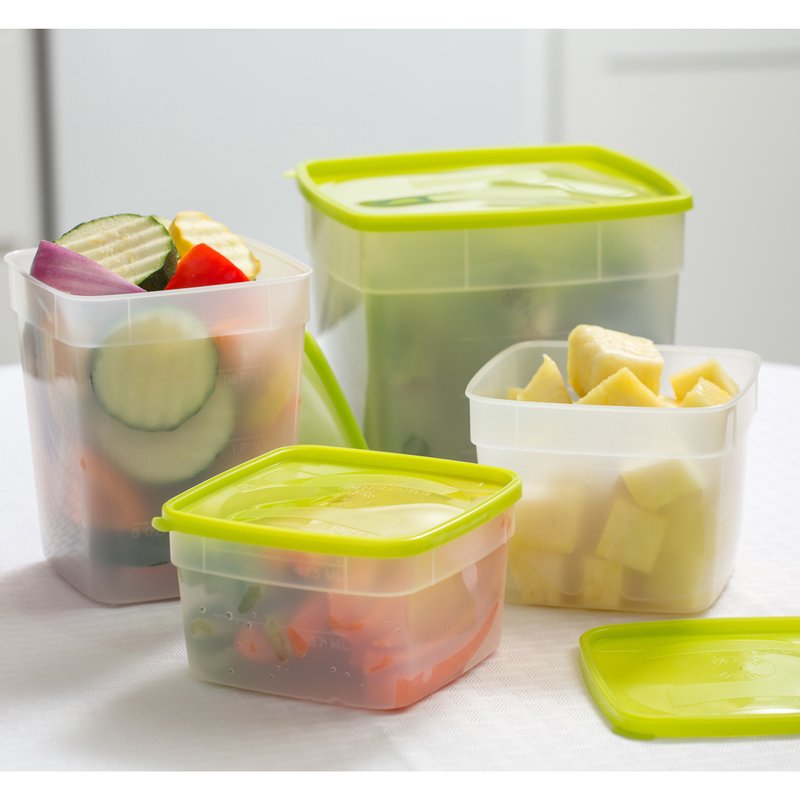
Monday, we shared our blogger Kendra’s trick for keeping apples and pears that you’re freezing looking fresh and tasty. Today, a brand new guest blogger shares her recipe for Maple Apple Butter–perfect to make with some of those frozen fruits. Jen, in her own words, is “a lifestyle blogger living in an urban area just outside Washington, DC.” She and her husband work hard at living a balanced life, focused on their family.
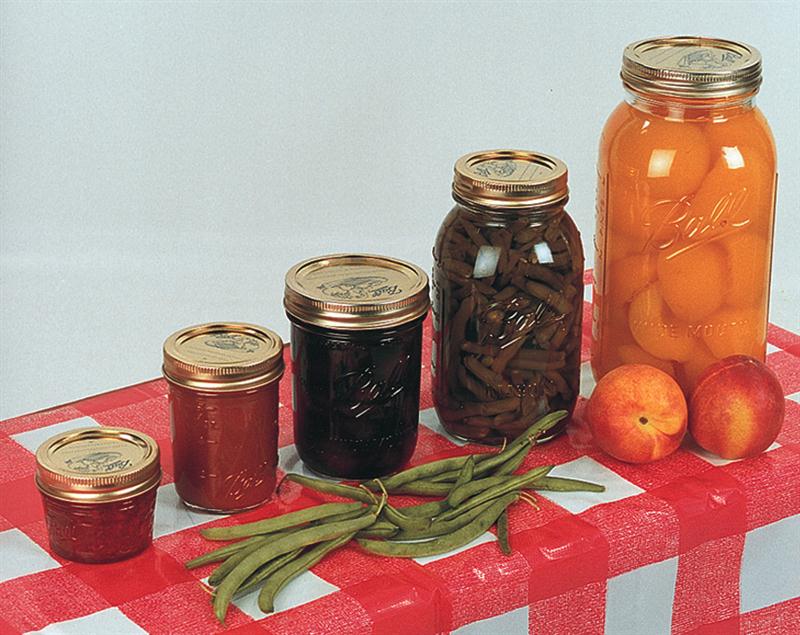
Winter is on its way here in Virginia and most of my favorite produce has vanished from the markets for the season. Fortunately, we still have apples. Ever since I got back from New York City a couple of weeks ago with my Greenmarket (part of growNYC.org) jar of maple sugar in my handbag, I’ve had my eye on this recipe. I thought it would be the perfect first batch for my new Kerr half-pint wide-mouth jars.
I love these jars; the wide mouth means they can be reused for pickling or whole-fruit canning, but their shape and aesthetic appeals to me for jams and fruit butters as well. I knew I wanted my first batch in them to be a special occasion project; enter apple maple butter.
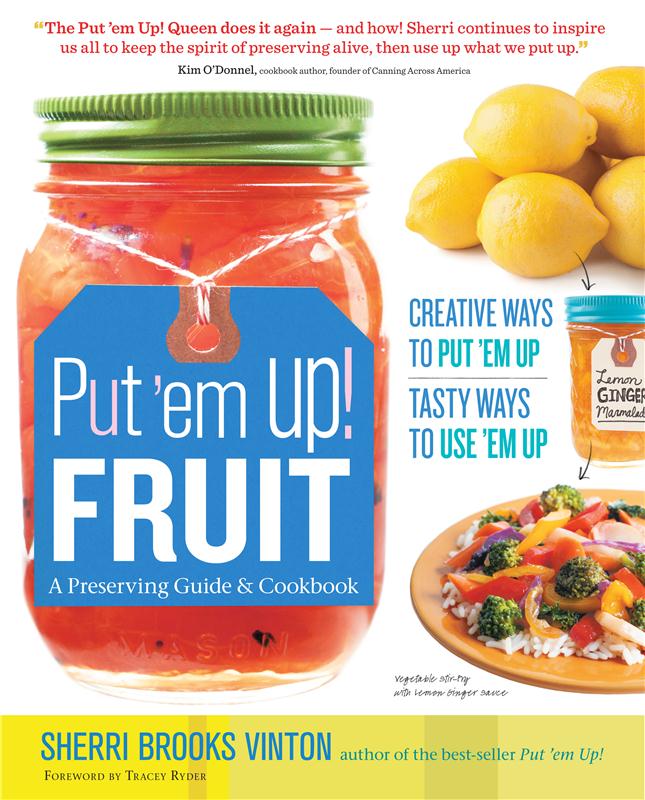
The first thing I made when I learned how to can was apple butter, so it will always have a special place in my heart; that batch was from Ashley English’s wonderful book on canning, Canning and Preserving, which I highly recommend to beginners, especially beginners operating in an urban area without a canning mentor nearby. Its photographs are great, its explanations are thorough and it includes a small enough number of recipes that it’s easy to choose your first projects.
In comparison to that recipe, which has become my usual go-to apple butter, the recipe below calls for very little liquid – the lemon juice is the only liquid you’ll add. It makes a very thick butter with a beautiful, almost caramel color.
The maple sugar this recipe calls for is neither cheap nor easy to find. If you’re new to canning or you would prefer to try a lower-cost version of this recipe, I’d recommend substituting brown sugar for the maple sugar. That said, the maple sugar is a special ingredient and lends a really interesting flavor to the finished butter; definitely something worth trying if you’re able to track it down.
The final product is an unusual, gift-worthy apple butter, and I’m looking forward to sharing some of my precious jars with friends and family for the holidays. The idea for this batch comes from a favorite canning book of mine, Tart and Sweet by Kelly Geary and Jessie Knadler. It’s definitely an unusual book – many of the ingredients called for are niche and can be time-consuming to track down – but it’s also innovative in its flavor profiles, which is something I really value.
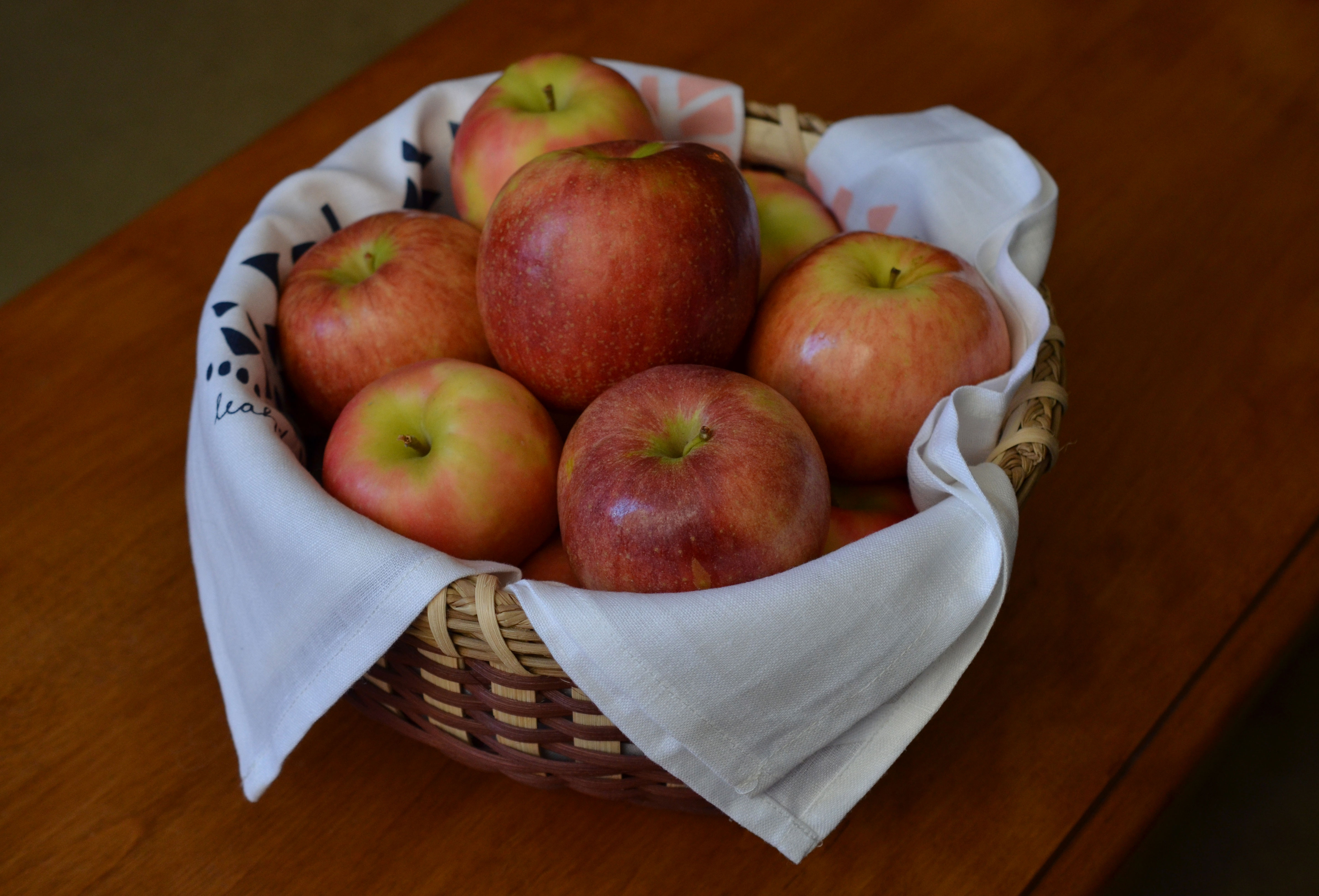
I used Pink Lady and Mountaineer (also known as York) apples for this batch; an unusual choice on my part. I confess I just tasted my way through the farmer’s market until I found my two favorites. I would love to hear from more experienced canners in the comments as to what varieties you would choose. The orgininal recipe calls for a variety of apples to be used, including Winesaps, Galas, Fujis and Honeycrisps.
If you’re a beginner and you’d like to make this recipe, great! Fruit butters are so easy to start out with and its low yield means you won’t be processing forever on your first go. Before you get started, head over to the University of Georgia’s National Food Preservation website to get familiar with safe canning practices. Most critically, read this article on the essentials of water bath canning. Also, have a read through their booklet on the principles of home canning so you’ve got some good background to work with. I could recap it all for you, but the NFP is the definitive resource on canning safely and I don’t want to put any experienced canners in the audience to sleep. Get comfortable with the guidelines before you start, and feel free to ask questions in the comments if you feel you need additional guidance.
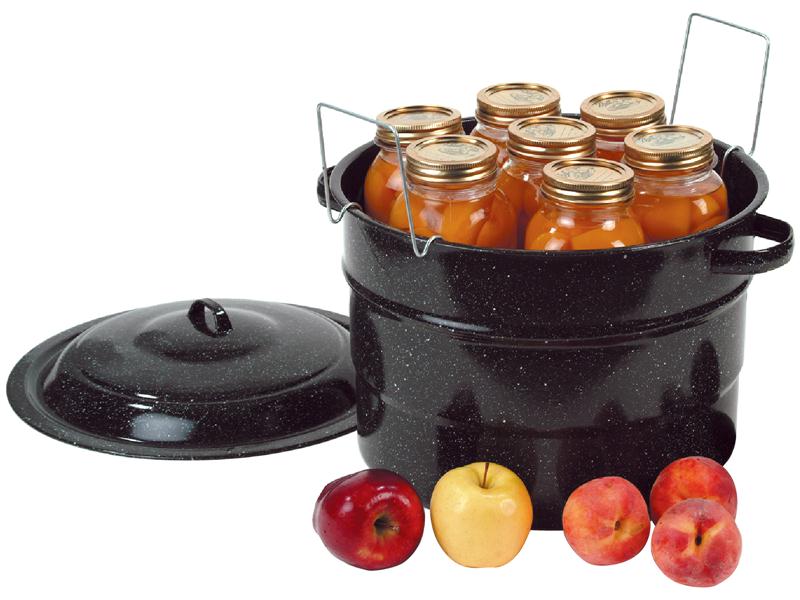
To begin canning, the easiest thing to do is to purchase a graniteware water bath canner like this one, and a little beginner kit that usually comes with a jar lifter, a lid lifter and a funnel. That said, the one specific tool that I think is incredibly useful when you’re starting out is this funnel that has headspace markings down the side. A lot of getting your jars to seal involves leaving the precise amount of headspace called for. When I was starting out, I found it very unnerving trying to estimate the headspace. This funnel will take a lot of the guesswork out of filling your jars. I bought mine even though I had a funnel in my beginning canning kit and it is probably the canning tool I most value having in my kitchen.
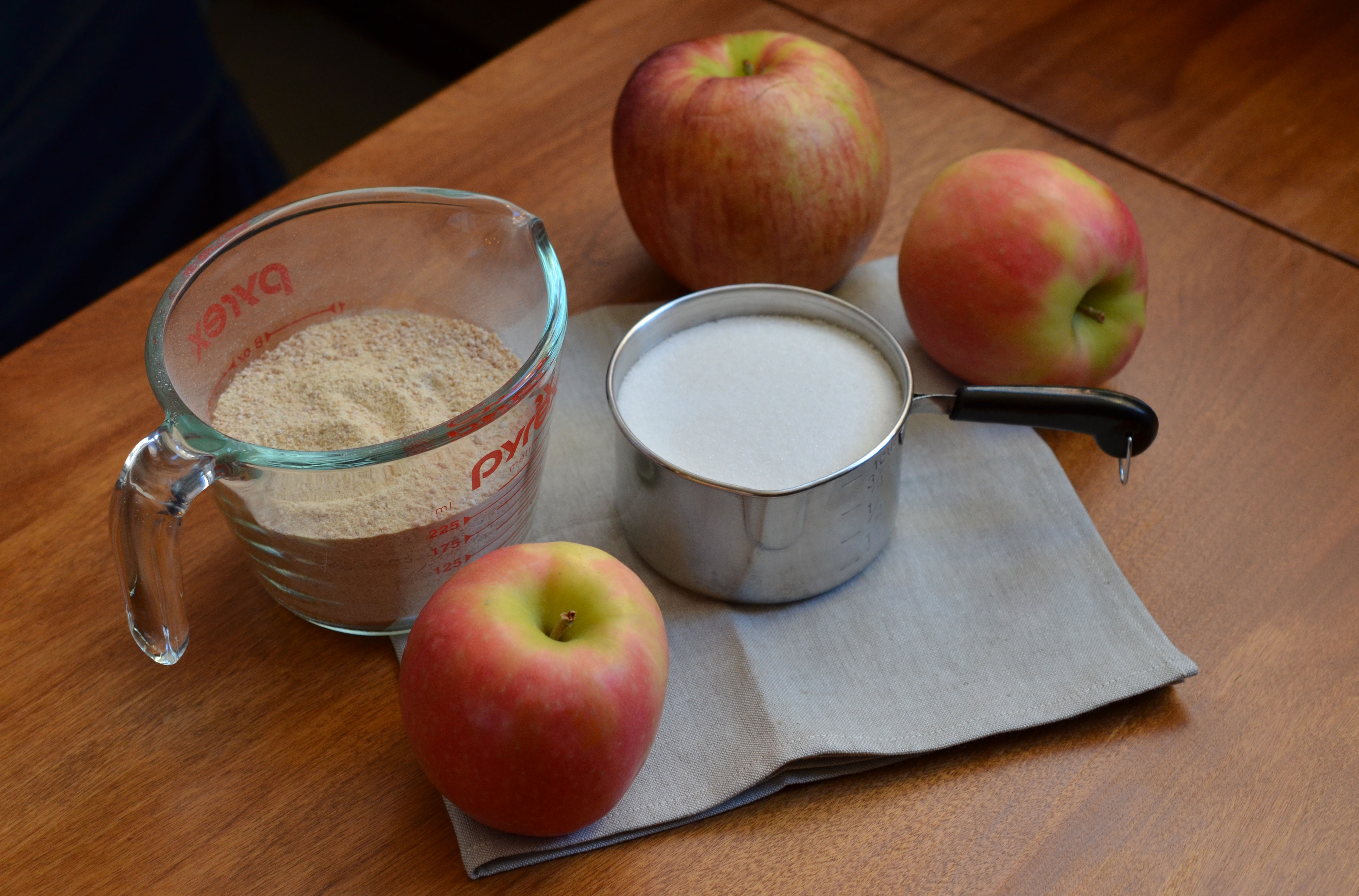
Apple Maple Butter
5 pounds apples
1 cup maple sugar
1 cup sugar
1-2 teaspoons ground cinnamon
1 teaspoon grated nutmeg
1/2 teaspoon kosher salt
1/4 teaspoon ground cloves
2 star anise pods
3 tablespoons bottled lemon juice, or the juice of one lemon (whichever you have on hand will work)
Yields 5 half-pints (Note: Yields can and do vary depending a variety of kitchen factors. It’s always a good idea to prep more jars than you think you will need.
You can also can this in pints at the same processing time, if your household will eat more than a half-pint in a week or so. When canning small batches in pints, I like to have a half-pint jar ready in addition to my pint jars in case my yield comes out around, say 3.5 pints.)
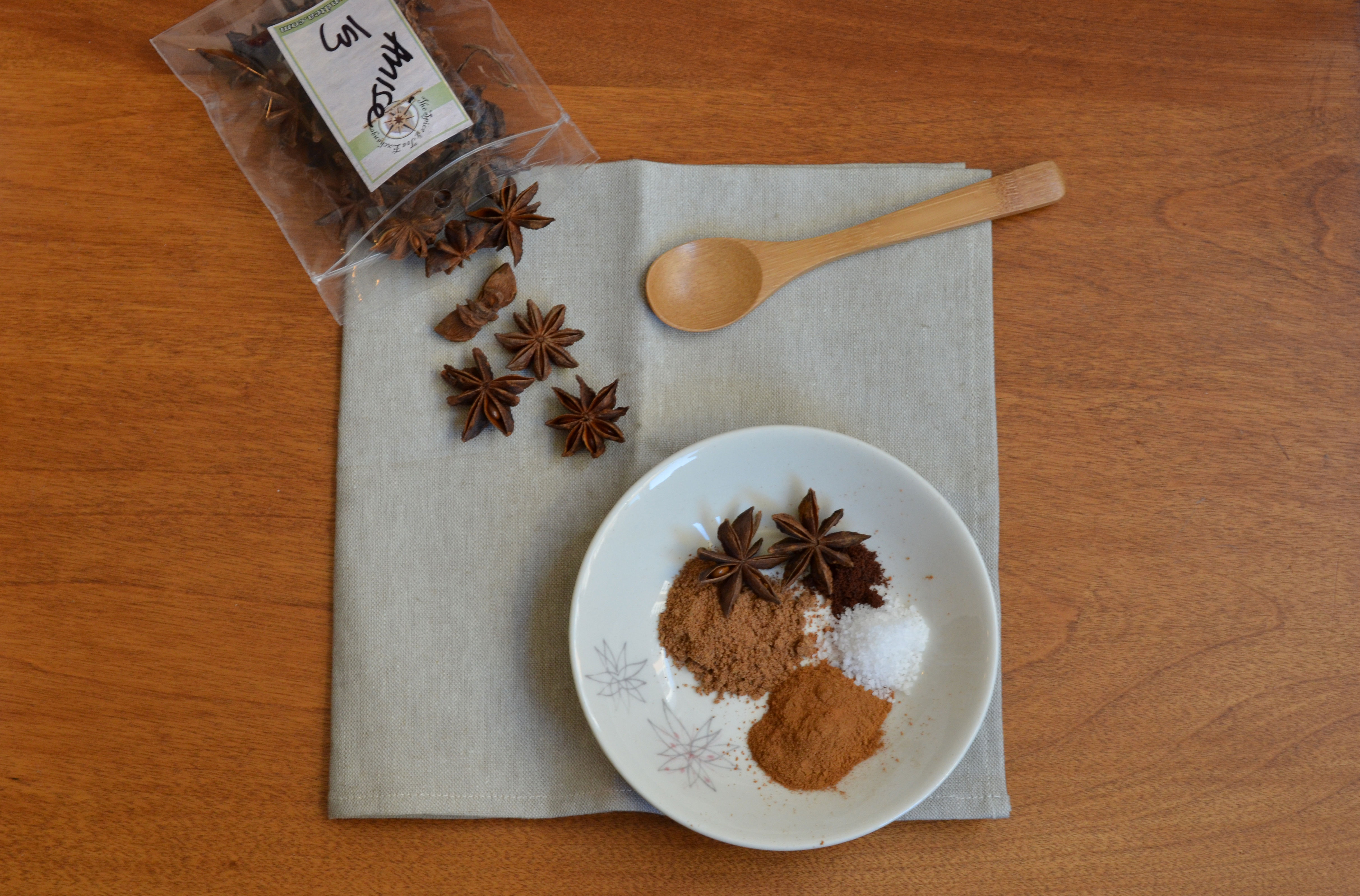
Although most of the spices are ground, keep the star anise whole for this recipe. It’ll break down naturally as you cook the apples. If you can, grind the nutmeg fresh–it’ll make a big difference in the final taste of the mixture.
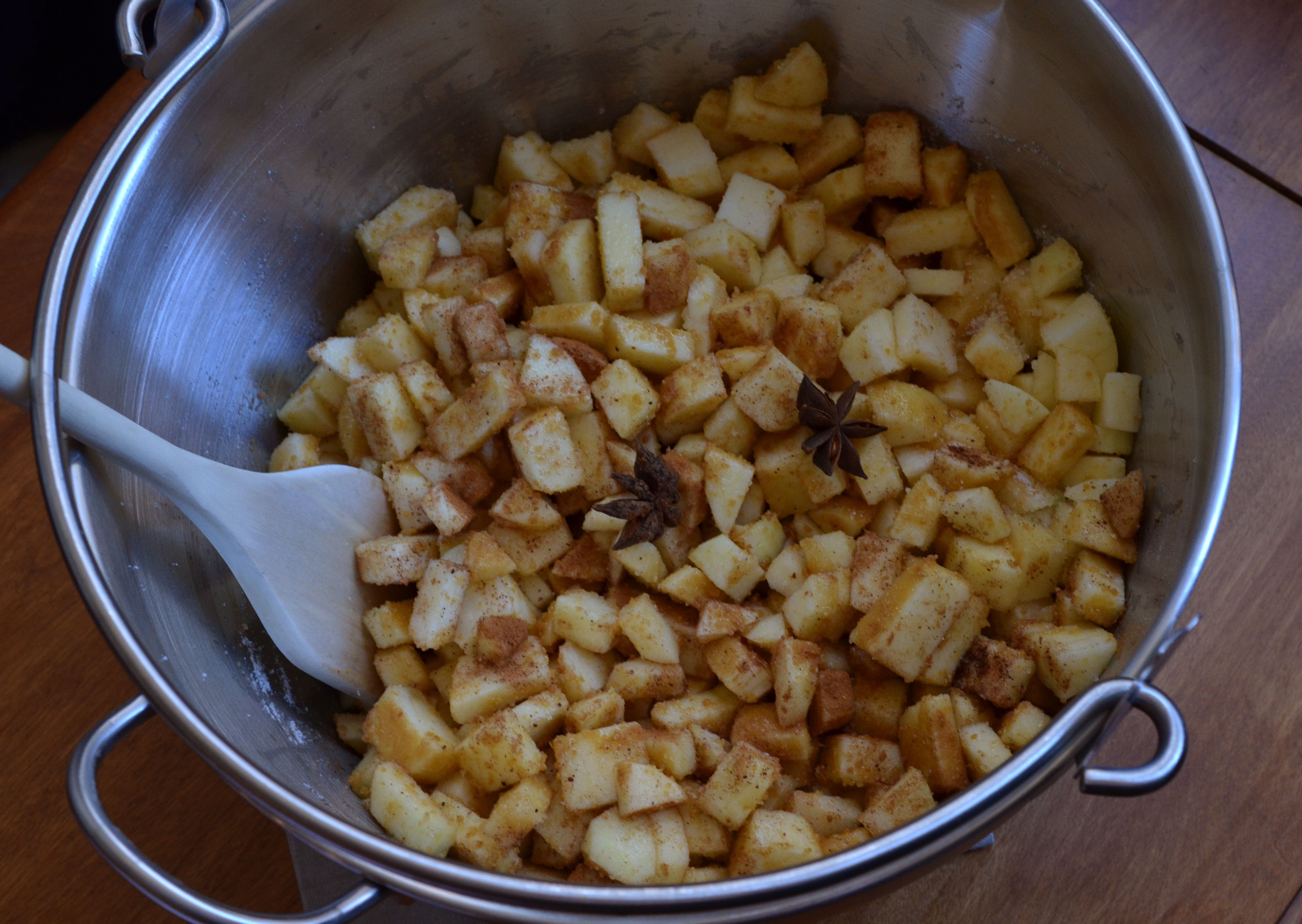
Peel and core the apples, removing any bruises or bad spots. Slice the apples into roughly quarter-inch chunks.
Place all the ingredients into a heavy-bottomed pot and heat the mixture over medium-high heat until it comes to a simmer, stirring frequently (but not constantly).
Once it reaches a simmer, reduce the heat a little bit and continue to stir as the apples break down. You can mash the apples with your spatula or with a potato masher to help them cook down if you’d like; it does help to mash at them with a spatula and I always do, but I personally find that the potato masher just creates more fuss and another dirty utensil to wash.
How long it takes for the apples to cook down can vary pretty widely depending on your apples, your stove, and how much stirring you’re putting in, so don’t worry if your cook-down time varies from mine. In my kitchen it took about one hour for the apples to break down, but when I cooked this recipe previously, in another kitchen, it took two hours. Just keep stirring it and have faith – it may cook down slowly, but it will happen.
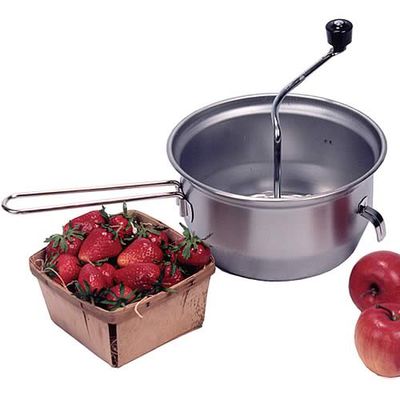
Once the apples have cooked down, remove your pan from heat and blend the mixture with an immersion blender until it reaches your desired consistency. You can, of course, also use a food processor or standing blender, but I would really recommend you invest in the immersion blender. It’s a huge timesaver to not have to move the butters into a processor or standing blender, and generally immersion blenders are extremely inexpensive.
You’ll want to be sure you’re familiar with the immersion blender’s operation before you use it, of course – it can and will sling hot butter goo at you if you don’t use it correctly. The key is to keep it submerged and not lift it out while it’s on. Read the manual and you will be fine.
I usually get my water bath canner going at this point. Even though it’s not necessary in this recipe (because the jars will process for 15 minutes once the butter goes in), I always sterilize my clean jars by placing them in the canner, letting it reach a boil and then letting it boil for ten minutes. I do this for two reasons: one, I’m just sort of paranoid, and two, it gives me a reason to get my canner bubbling away well in advance of when it absolutely has to be at a boil.
After the mixture is blended, place it back on the burner and cook it for an additional 20 minutes over medium-low heat. At this point it will require extremely frequent stirring so that it doesn’t stick to the bottom of the pot, so stay near it and keep stirring.
Once the butter is done, ladle it into your heated jars, leaving 1/4 inch headspace. Prepare the jars for the canner by checking for air bubbles and wiping the rims clean with a clean towel before applying the lids and screwing down the bands. Process the jars for 15 minutes, adjusting for elevation.
Want to know Jen better? Check out her blog: http://nine05.wordpress.com/




























[…] my brain is very active at night these days) to alert you all to a guest post I wrote recently for Lehman’s Country Life blog, one of the sponsors of the Kinfolk event I attended in Virginia this past September. Somehow […]